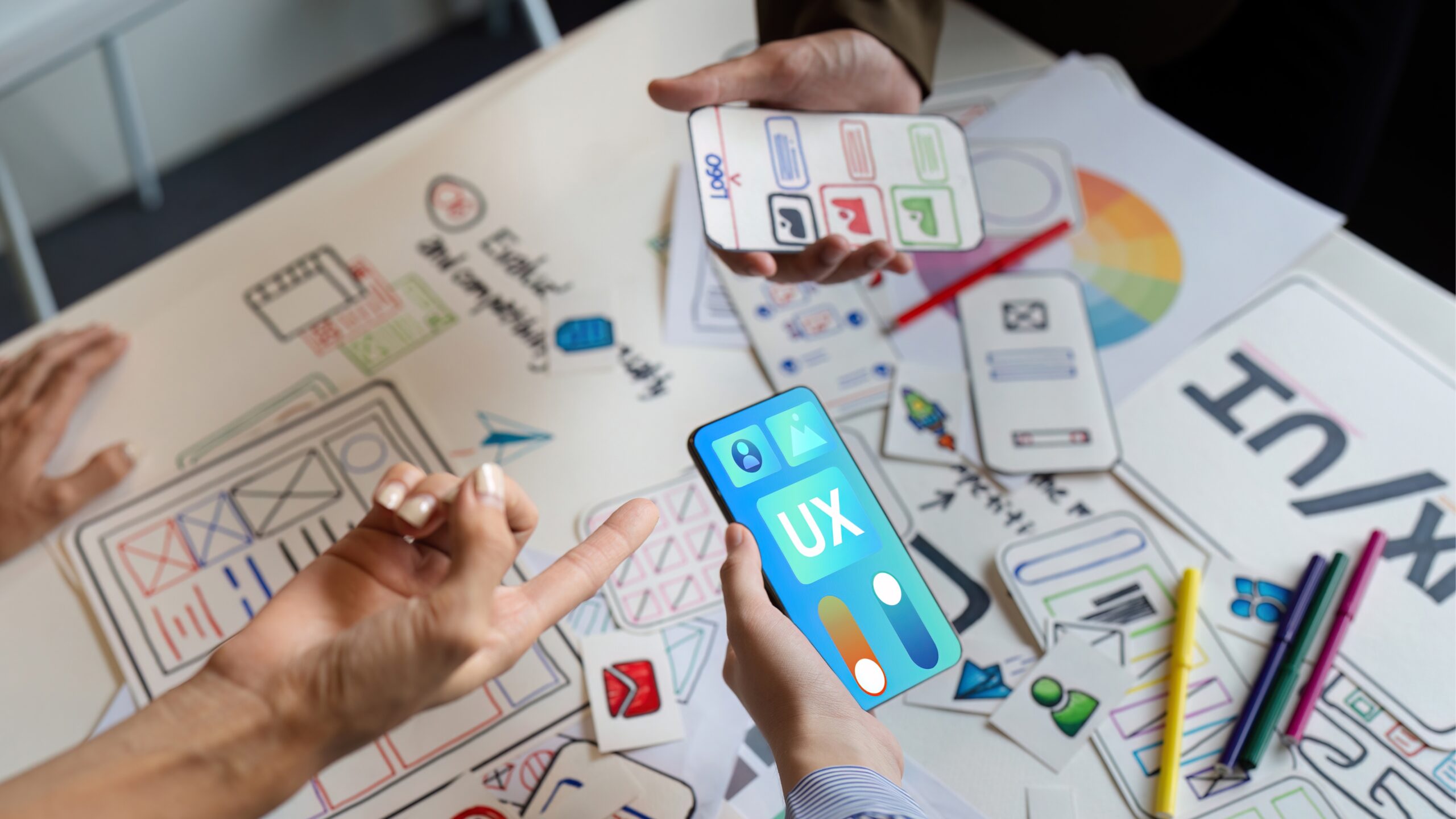Beginner’s Guide to UI/UX Design
Introduction: What Is UI/UX Design?
UI/UX design is the backbone of how people interact with websites, apps, and digital products. It’s all about creating functional, beautiful, and meaningful user experiences. If you’ve ever admired a clean website layout or appreciated how easy it is to order food through an app, you’re already appreciating good UI/UX design.
But what exactly do these terms mean?
Understanding the Difference Between UI and UX
User Interface (UI) Design
UI refers to the visual elements that a user interacts with, including buttons, icons, typography, color schemes, spacing, layout, and more. Think of UI as what users see and touch.
UI Tasks include:
Designing screens and layouts
Creating style guides
Working with typography and colors
Building interactive prototypes
User Experience (UX) Design
UX focuses on the overall feel and journey of the user. It’s about ensuring the product solves a real problem and is easy and enjoyable to use.
UX Tasks include:
User research and analysis
Building user personas
Wireframing and user flows
Conducting usability testing
In simple terms:
> UI is how it looks.
> UX is how it works.
—
Why UI/UX Design Matters
* 🔍 Better user satisfaction= More loyal users
* 💰 Higher conversion rates = Better business growth
* 🚫 Fewer support requests = Saves time and resources
* 🧠 Human-centered design = Builds trust and brand value
Whether you’re building an app or redesigning a website, a solid UI/UX design helps ensure users don’t leave confused or frustrated.
—
Core Principles of UI/UX Design
1. User-Centered Design
Everything begins with understanding your user. Their needs, behaviors, and pain points should drive your design decisions.
2. Consistency
Maintain visual and functional consistency across your app or website to reduce the learning curve for users.
3. Hierarchy & Clarity
Guide users through your interface with clear visual hierarchies and easy-to-read content.
4. Feedback
Every interaction (click, hover, tap) should provide feedback to the user—such as animations, pop-ups, or success messages.
5. Accessibility
Design for all users, including those with disabilities. Use readable fonts, good contrast, and screen reader compatibility.
—
Essential Tools for UI/UX Designers
| Tool | Purpose |
| ———————— | ———————————————– |
| Figma | UI design + collaboration |
| Adobe XD | UI/UX design and prototyping |
| Sketch | UI design (macOS) |
| InVision | Prototyping and feedback |
| Maze / Lookback | Usability testing tools |
| Notion / Google Docs | For research notes, planning, and documentation |
Start with Figma—it’s beginner-friendly, cloud-based, and free.
—
The UI/UX Design Process (Step-by-Step)
1. Understand the Problem
Start with user research—interviews, surveys, competitor analysis—to identify pain points.
2. Define the User Persona
Create fictional characters that represent your target users—age, profession, goals, challenges.
3. Create User Flow
Visualize how users will navigate your product from start to finish.
4. Sketch Wireframes
Draw simple, low-fidelity screens on paper or a tool like Figma or Balsamiq.
5. Design UI Components
Use grids, colors, icons, and typography to bring your wireframes to life.
6. Prototype & Test
Build interactive versions of your design and test with real users. Note what works and what doesn’t.
7. Iterate
Based on feedback, tweak your design and improve usability.
—
Tips for Beginners in UI/UX Design
✅ Learn design fundamentals – Grids, alignment, typography, contrast
✅ Practice daily– Redesign apps/websites for fun
✅ Start small projects– Landing pages, login screens, blog layouts
✅ Study great designs – Analyze apps like Airbnb, Instagram, Duolingo
✅ Build a portfolio – Showcase 2-3 polished projects
✅ Join communities – Dribbble, Behance, Reddit (r/userexperience)
✅ Get feedback – Share work on LinkedIn, X (Twitter), or Discord servers
—
Free Resources to Get Started
[Figma Learn](https://www.figma.com/resources/learn-design/)
[Google UX Design Certificate](https://grow.google/certificates/ux-design/)
[Interaction Design Foundation](https://www.interaction-design.org/)
[Coursera UX/UI Courses](https://www.coursera.org/)
[YouTube channels: Flux, Jesse Showalter, AJ\&Smart]
Conclusion: Your UI/UX Journey Starts Today
UI/UX design is a powerful skill that combines creativity and problem-solving. Whether you dream of designing apps, websites, or SaaS platforms, the journey starts with learning the basics and practicing every day.
> Start small. Stay curious. Design with empathy.
> Your first masterpiece is just a screen away.


